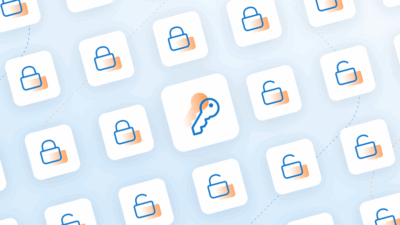Imagine this: A new customer is struggling to buy from your SaaS site. They started the process, got hung up on a detail, and gave up. Like 67% of online users, they abandoned the cart before completing a purchase. But you don’t know why. Or what to do about it.
Now imagine this: You tracked this user’s experience in detail. You now have their email address and some personal info. A remarketing message is already on its way out to them. Over time, hundreds of these customer experiences build a fascinating database that your company can use to analyze strategies and drive profitability.
Wouldn’t you prefer to be in the second scenario? Here’s how to seize the power of customer experience analytics.
Understanding the Customer Story
It’s easy to get frustrated by abandoned carts and negative customer feedback. But don’t take it personally; take action. View feedback as an opportunity to improve your SaaS offerings and provide exactly what your customers need.
Customer analytics is basically the numbers – the data – behind your customer experience. Each purchase brings two sides of a coin: customer experience (for the customer) and customer analytics (for you).
As the customer navigates your site, a story is built. When you use a customer service platform to track their actions, you can learn from this story.
- What was their total time on site?
- How long did they spend looking at your package options?
- Did they read the FAQ?
- Where, precisely did they abandon the cart?
- Did they come back after you sent a follow-up customer service message?
OK, We Have Data. Now What?
Of course, most companies – particularly SaaS businesses – already have mountains of data about their customers. They’re just not using it. Research shows 80% of data sits “dark and untouched” in databases.
The real challenge is in the analytics part of customer experience analytics. The data needs useful analysis.
This is where a robust customer service platform really shines: It takes millions of data points and organizes it all into a clear customer journey. You can view the customer experience through graphs, charts, even real-time replays of actual customers’ clicks.
Digging at Root Causes
These analytics help you identify the exact stage where users hit roadblocks. Users typically go through a series of stages in a SaaS purchase: search, discovery, consideration, decision, sign-up, configuration, use, engagement, abandonment, exit.
Say, for example, you discover that 79% of users who abandon your site do it early on, in the consideration stage. They quit at your package options page. This means there isn’t necessarily something wrong with your service itself, merely the price/packages. Now you’ve pinpointed a root cause that’s limiting new customer acquisition.
Using Analytics for Personalization
Another benefit of customer experience analytics is the opportunity to refine and personalize your offerings. Personalization has become an essential part of retaining customers who constantly sift through millions of offers in a global marketplace.
Netflix, Spotify, and Amazon are perfect examples. These three powerhouses are known for using customer analytics to personalize the user experience. Each time a customer visits, there’s a fresh set of personally relevant suggestions for movies, songs, or books. This is only possible through analytics.
Is your business using the power of analytics? Connect with FastSpring now to become experts at analysis, improve the user experience, and boost the profitability of your SaaS business.
![[Customer Story] Why TestDome Considers FastSpring a Real Partner](https://fastspring.com/wp-content/themes/fastspring-bamboo/images/promotional/2023/FastSpring-TestDome-blog-thumbnail.jpg)








